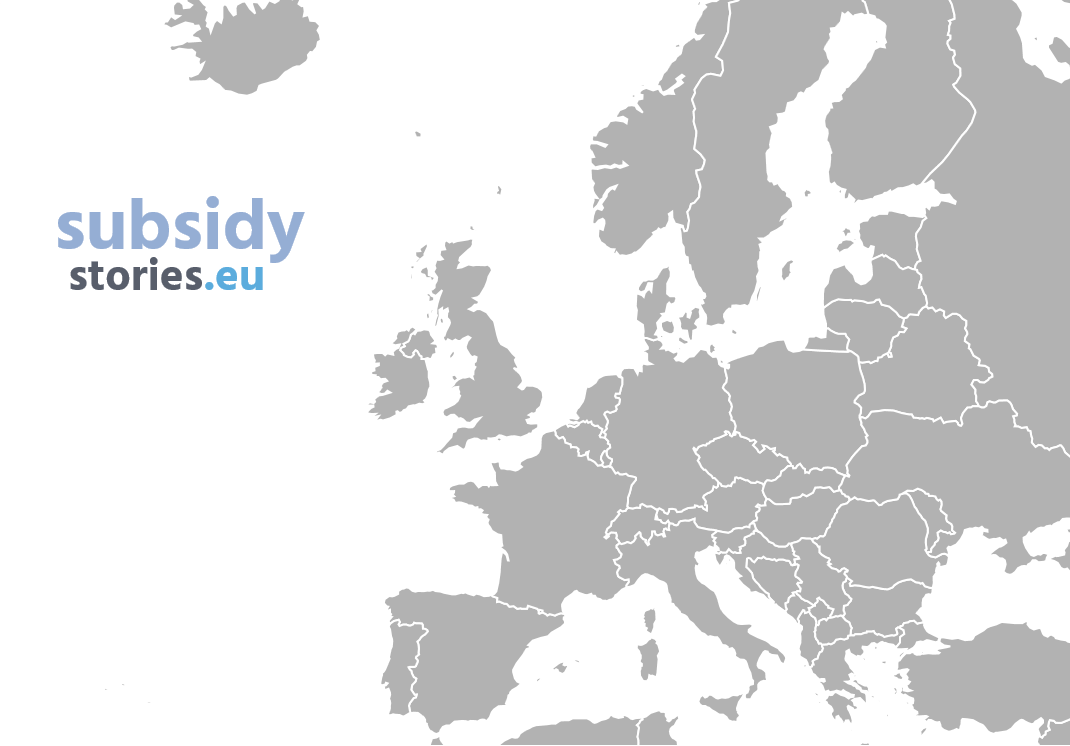Slovenia Ranks Highest in ESIF Data Quality Index by OpenBudgets.eu.

Today, OpenBudgets.eu presents the European Structural Funds Data Quality Index.
Slovenia ranks highest, based on high data quality and high accessibility and usability of its portal. Denmark comes in second, they provide outstanding data quality in machine readable format, with the website being slightly harder to locate and access. Countries that have not published their 2014-2020 beneficiary data yet, were severely punished in the rankings. That is the case for Austria, Cyprus, Ireland and Spain, their websites are not up to date, no new data is included and hence none of the required EU variables are provided.
|
The ranking is based on the combination of two scores: Portal and Data Quality. The portal score is based on the overall usability and accessibility of the portal, English translations and the openness of the data formats. Poland, Bulgaria, Slovenia, and Lithuania get the highest scores for the portal. The Data Quality score ranks the member states based on the completeness of the datasets and the number of variables provided. High scoring countries such as Denmark, Germany and the United Kingdom offer the most complete dataset, detailing information beneficiaries, projects, requested sums, dates, and locations in machine readable format. Our analysis showed that only 16 of 28 EU member states have an English version of their portal, closed data formats are still common with two PDFs and five webapps being used with a total of 24 member states that published their data so far in the 2014-2020 period. However, in comparison to the 2007 - 2013 funding period, the quality of the data and the level of openness has improved. These findings are based on the data collected for subsidystories.eu, which shows how almost 300 Billion in European Subsidies are spent. Open Knowledge Germany and Open Knowledge International collected all data for the 2007-2013 and 2014-2020 funding periods, funded jointly by Adessium and OpenBudgets.eu. |

|
EU Regulation No 1303/2013 from December 2013 requires the member states to create a single website providing all viable information on their operational programmes and publishing their beneficiary data in a machine-readable format. Comparative analysis between the two funding periods showed that substantial progress was made with the introduction of this regulation.
The current funding period shows more machine readable data formats and the data quality has increased. Nonetheless, member states are still slow regarding the data’s publication and some member states are not complying with regulatory data publication requirements. For the data to become useable for further analysis, the datasets are still missing crucial information. The first analysis showed that for gathering in depth insights from the data the amount and date information needs to be improved. Furthermore, to allow for comparative analysis, for links to the EU programs, and for geographic analysis, additional data is needed. That is why the report makes the following 10 recommendations to improve the quality and usability of the data:
- Require member states to make websites available in English
- Make CSV or JSON the mandatory format for beneficiary data
- Include information on legal form of beneficiary
- Require standardised date-notation
- Provide standardised way to make non-Euro amounts comparable
- Provide the following amounts: applied, allocated, and paid out
- Provide project funding broken down by EU Amount, Member State Amount, Third Party Amount, and a total Amount
- Provide information on the following dates and milestones in the project: start, finish, payment date and duration
- Provide sufficient information to link the beneficiary lists to the programmes by CCI codes
- Provide sufficient geographical information for both beneficiary and project location
Read the full Report.